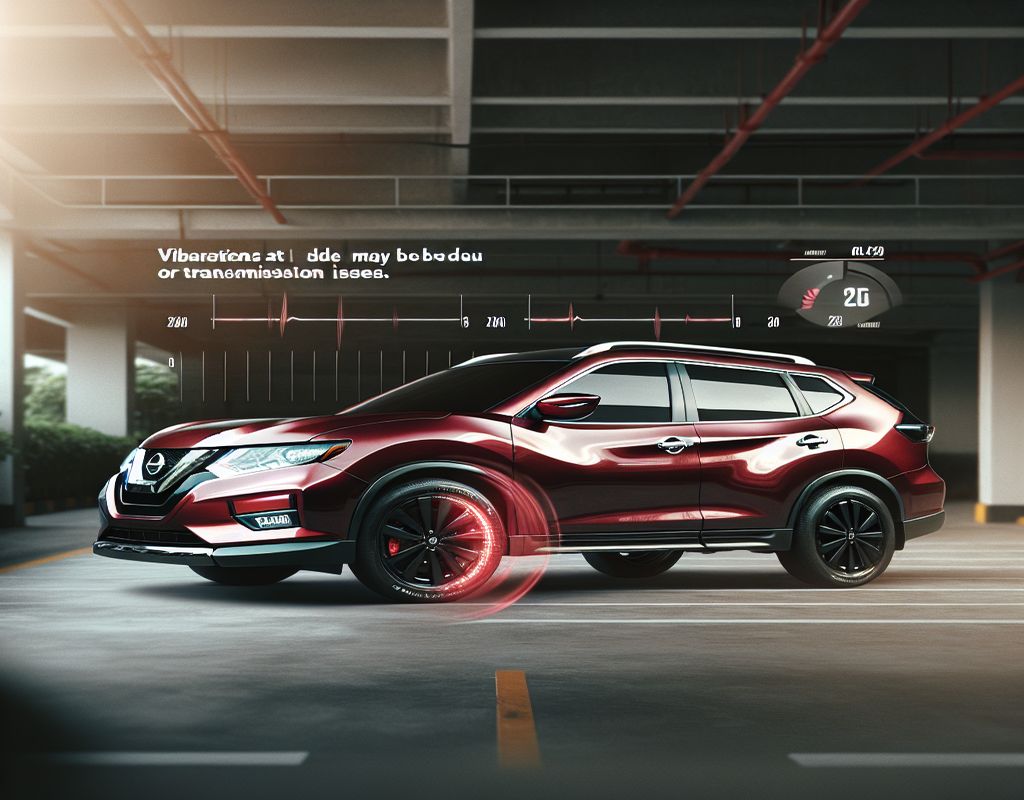Introduction
Experiencing idle vibration is a common concern for many car owners, characterized by a noticeable shaking or trembling sensation when the vehicle is stationary with the engine running. Addressing idle vibration promptly is crucial, as it can act as an early warning sign of underlying issues within the vehicle that, if ignored, may escalate into more serious problems over time. In this blog post, we will delve into the specifics of idle vibration, focusing on the 2017 Nissan Rogue, a popular compact crossover SUV known for its comfortable ride, fuel efficiency, and reliable performance.
Understanding Idle Vibration
Idle vibration, as the name implies, refers to the vibrations felt in a vehicle when the engine is running at idle speed while the car is not in motion. This phenomenon can be caused by various factors, including engine component imbalance, worn-out engine mounts, faulty spark plugs, issues in the air intake system, and malfunctioning sensors. In the case of the 2017 Nissan Rogue, the vehicle’s unique engine design and components can contribute to idle vibration, particularly as wear and tear accumulate, potentially worsening the issue.
Symptoms of Idle Vibration in the 2017 Nissan Rogue
Recognizing idle vibration symptoms in the 2017 Nissan Rogue is crucial for identifying potential underlying problems. Common signs of idle vibration in this vehicle model include:
- Shaking or vibrating sensation throughout the car
- Unusual noises coming from the engine or its surroundings
- Fluctuations in the engine’s revolutions per minute (RPM)
- Dashboard warning lights indicating possible issues
- Any other relevant symptoms accompanying idle vibration, signaling the need for further inspection and diagnosis.
Potential Causes of Idle Vibration in the 2017 Nissan Rogue
Various components in the 2017 Nissan Rogue can contribute to idle vibration problems. Potential causes consist of:
- Worn-out engine mounts unable to effectively dampen engine vibrations
- Faulty spark plugs leading to inconsistent engine performance and vibrations
- Air intake system issues affecting the engine’s air-fuel mixture and combustion
- Malfunctioning sensors monitoring engine parameters
- Other potential underlying causes to consider during diagnosis and troubleshooting.
Conclusion
Understanding idle vibration and its implications for the 2017 Nissan Rogue is vital for preserving the vehicle’s performance and longevity. By identifying symptoms, potential causes, and methods for diagnosing and addressing idle vibration, Nissan Rogue owners can effectively tackle this issue and prevent further complications. In the following sections, we will explore diagnostic procedures, repair solutions, preventive maintenance tips, and the importance of promptly addressing idle vibration to ensure an optimal driving experience and vehicle health.
